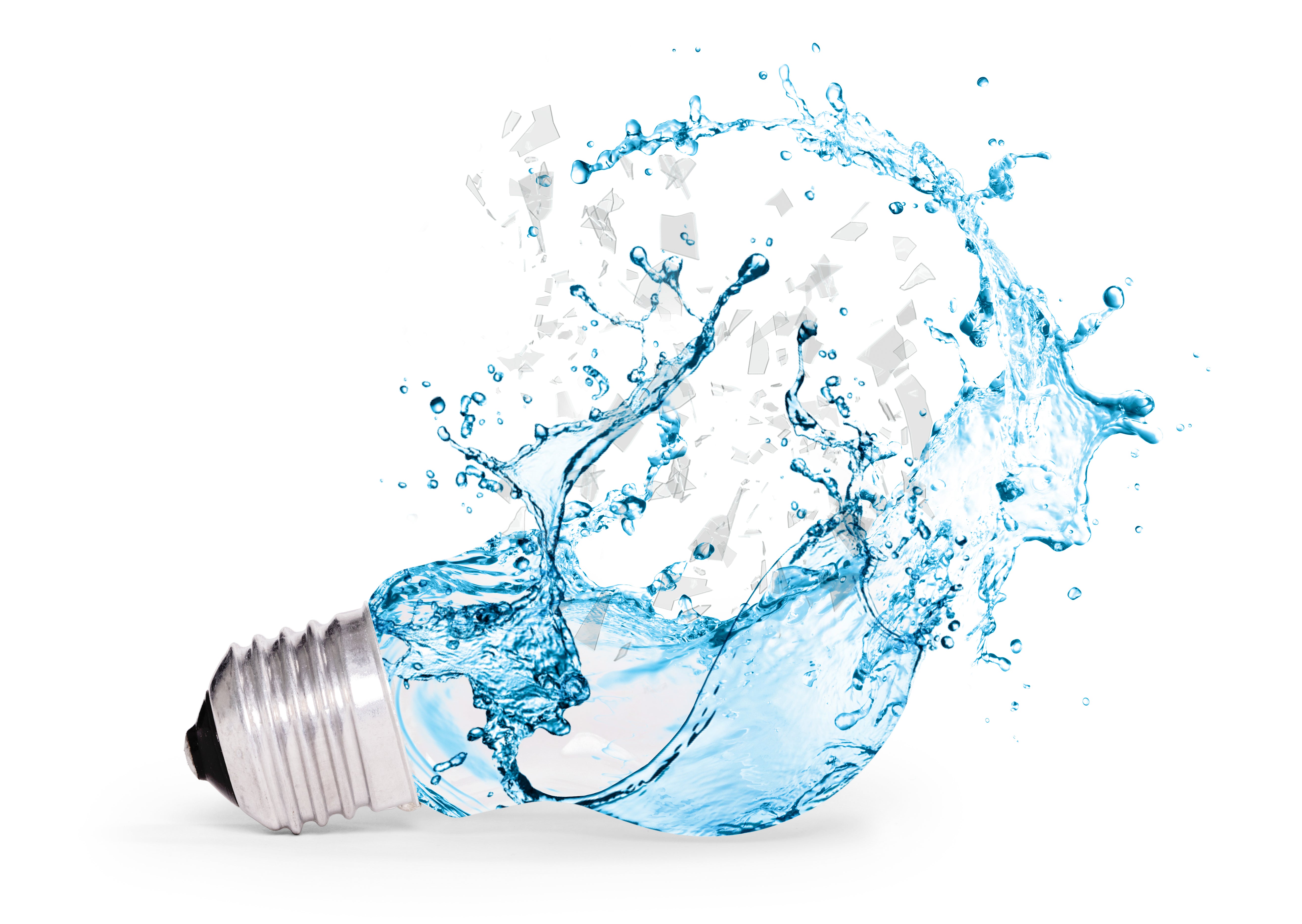Electricity is a remarkable force that powers our modern world, yet its interaction with water can turn from convenient to catastrophic in an instant. The combination of electricity and water creates a potentially deadly scenario that demands awareness and caution. Understanding the risks associated with electricity in water is not just crucial for personal safety but also for preventing accidents that could harm others. Let's delve into why this combination is so dangerous and how to stay safe.
The Deadly Duo: Electricity and Water
Water is a conductor of electricity, meaning it allows electrical currents to flow through it. When electrical appliances or equipment come into contact with water, especially if there is faulty wiring or damage to the insulation, it creates a pathway for electricity to travel through the water. This can lead to devastating consequences:
- Electrocution: The most severe risk of electricity in water is electrocution, which occurs when an electric current passes through the body. Even low levels of current can disrupt the normal function of the heart and muscles, leading to paralysis, cardiac arrest, or death.
- Fire Hazard: Electrical sparks or shorts in water can ignite flammable materials or gases present nearby, leading to fires or explosions.
- Equipment Damage: Electrical devices that are not designed to be water-resistant can be irreparably damaged if exposed to water, leading to costly repairs or replacements.
- Electric Shock Drowning: A fatal cause of death that occurs when an electrical current passes through a swimmer's body while they are in fresh water, causing paralysis and drowning.
Common Scenarios
- Docks: Improperly grounded or faulty electrical equipment on your dock or a neighbor’s dock can pose a significant risk, as water is a common conductor present in these environments.
- Boats: The electricity tends to enter the water from an electric fault from a boat that is connected directly to a power supply. Often, the electric fault occurring from the boat is intermittent and only leaks current into the water when a switch is flipped and an electrical device cycles on.
- Electrical Repairs: Many faults or leakages are found in areas where repairs have been done, especially when these repairs are done by non-licensed “electricians” or people unfamiliar with marine repairs.
Safety First: Tips to Protect Yourself
- Install Ground Fault Circuit Interrupters (GFCIs): These devices are designed to quickly shut off power in the event of an electrical fault, reducing the risk of electrocution.
- Keep Electrical Appliances Away from Water: Never operate or touch electrical appliances with wet hands or while standing on wet surfaces.
- Regular Inspections and Maintenance: Ensure that all electrical equipment, especially those in wet or damp environments, are regularly inspected by qualified professionals.
- Use Waterproof Electrical Outlets: When installing outlets outdoors or in areas prone to moisture, use outlets and covers specifically designed to withstand water exposure.
- Educate and Supervise: Teach children and others about the dangers of electricity and water, and always supervise young children around water and electrical devices.
- WaveLink Secure: Purchase and install a WaveLink Secure system for your dock. WaveLink Secure monitors the waterscape around your dock, detecting dangerous electricity up to 100 feet. WaveLink Secure can alert you visually by changing colors, audibly through a siren, and remotely via the WaveLink Secure app.
Electricity is a vital component of our daily lives, but when combined with water, it transforms into a potential hazard that demands respect and caution. Understanding the risks and implementing safety measures can prevent tragic accidents and protect both individuals and property. Whether at home, in public spaces, or at work, awareness of the dangers of electricity in water is crucial for maintaining a safe environment for everyone. By staying informed and vigilant, we can ensure that electricity continues to serve us safely and efficiently in our modern world.



